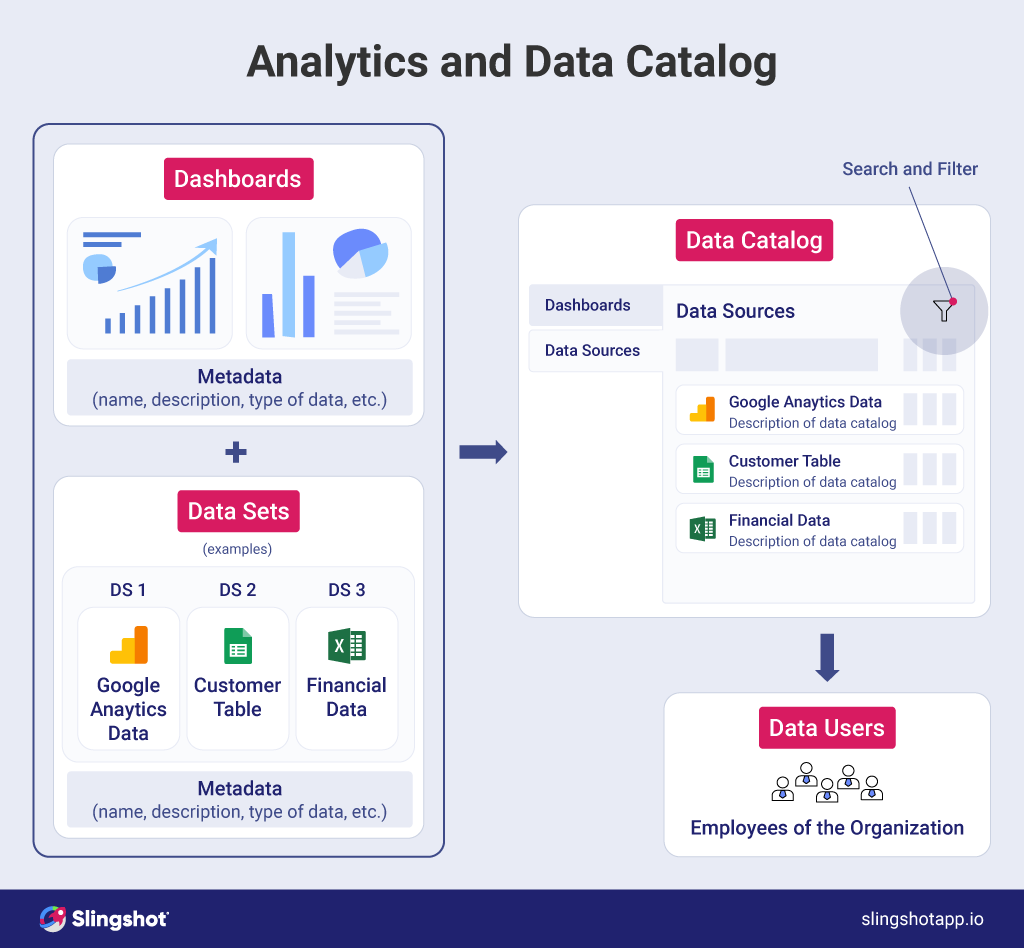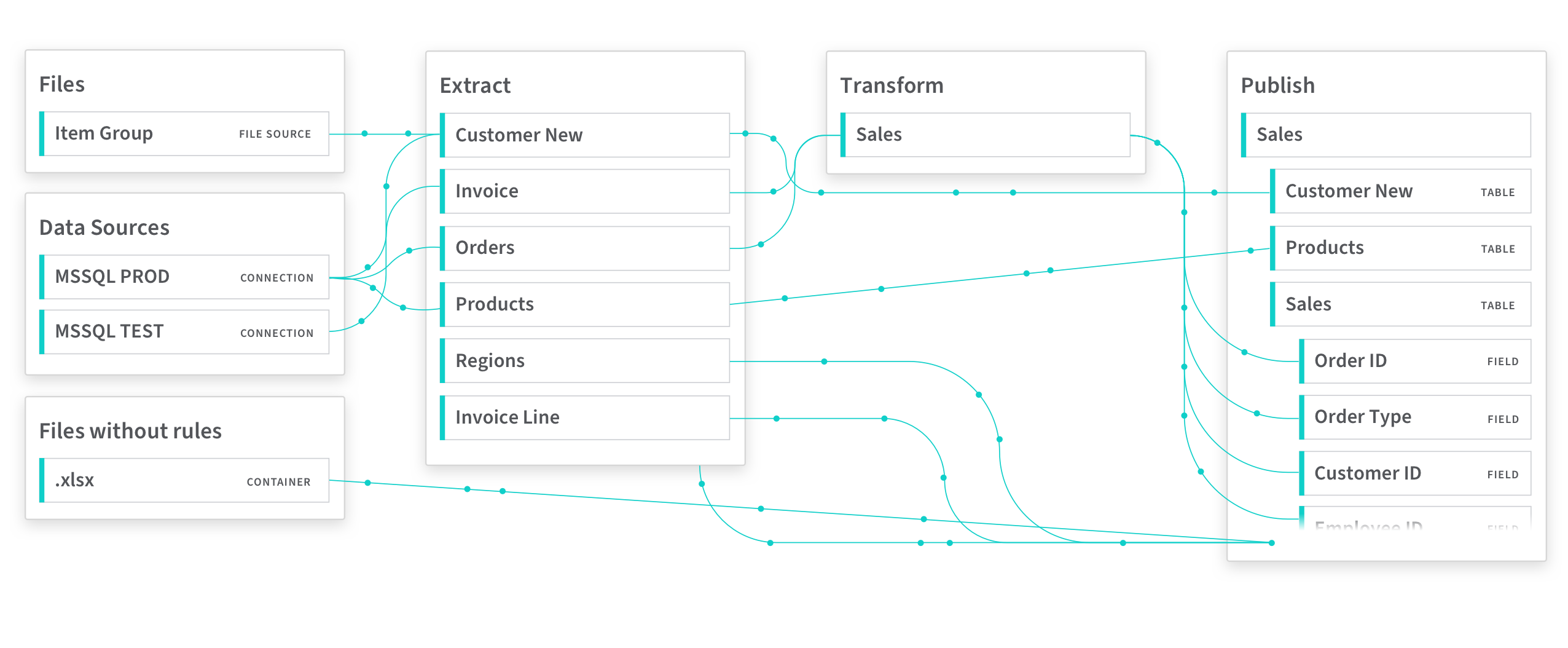What is Metadata
In the realm of data, the term 'metadata' carries significant importance. Metadata is essentially 'data about data'. It provides descriptive, structural, and administrative information about data sets, aiding users in understanding its origin, structure, relevance, and other key attributes. Metadata can span from simple elements such as the date a document was created to complex details like relationships between datasets in a database.
Metadata can be broadly classified into three categories:
-
Descriptive Metadata
This type of metadata provides information about a resource’s content. This may include elements like title, abstract, author, and keywords. It's used primarily to facilitate discovery and identification of data resources. -
Structural Metadata
This offers insights into how the components of a resource are organized. Structural metadata defines relationships between data elements and outlines their collective structure. Examples include page numbers of a book or the arrangement of articles in a journal. -
Administrative Metadata
This kind of metadata provides information that helps manage a resource. It includes elements such as when and how the data was created, the type of file or format, and who can access the data.
Metadata Management
In data engineering, the significance of metadata management is profound. It plays a critical role in enhancing the value and utility of data, helping organizations to unlock insights from their data assets more effectively and reliably.
-
Data Governance
Metadata management supports data governance by helping organizations understand what data they have, where it came from, and how it’s being used. This visibility is crucial for enforcing data standards, ensuring data privacy and compliance, and making informed data decisions. -
Data Quality
Metadata management contributes to data quality by providing insights into data's accuracy, consistency, and completeness. By understanding the metadata, data engineers can identify quality issues like inconsistencies, inaccuracies, or missing data and take corrective action. -
Data Integration
Metadata management is a linchpin for successful data integration. By providing clear information about the structure, format, and meaning of data, metadata management helps engineers harmonize disparate data sources and create a unified, meaningful view of the data. -
Regulatory Compliance
In industries with stringent regulations regarding data, such as healthcare or finance, metadata management can help ensure compliance by tracking data's origin, transformations, usage, and access controls.
Data Catalog
A data catalog serves as a comprehensive inventory of data assets within an organization. It is an organized suite of tables, databases, and datasets with accompanying metadata that enables users to find and understand relevant data. Essentially, it acts as a single source of truth, facilitating more accurate, efficient, and reliable use of data assets.

What Is a Data Catalog & Why Do You Need One?
Data catalogs offer a variety of functionalities designed to improve the accessibility, understanding, and governance of data. Here are the key features of data catalogs:
-
Data Discovery
A data catalog helps users quickly locate needed data assets, saving valuable time and resources in the data discovery process. -
Data Profiling
It provides insights into data quality, offering statistics and profiling data to understand its condition better. -
Data Lineage
A data catalog captures the data's journey - its origins, transformations, and where it's used - enabling a clear understanding of how data has been processed and manipulated. -
Collaborative Data Governance
Data catalogs often include collaboration features, allowing users to comment, tag, and rate data assets, promoting shared understanding and governance. -
Security and Compliance
Data catalogs ensure that data access controls are enforced, providing visibility into who can see and use certain data.
Data Lineage
Data lineage refers to the life-cycle of data, encapsulating its origins, movements, transformations, and dependencies throughout its journey from creation or ingestion to its final destination in reporting or analysis. It offers a visual representation of the data's journey across systems and processes, providing insights into its history, integrity, and context.
In the realm of data engineering, data lineage holds significant importance for several reasons:
-
Data Governance
Data lineage provides visibility into how data is used and transformed across the organization. This transparency is essential for data governance initiatives, ensuring data standards are met, and data usage complies with internal policies and external regulations. -
Data Quality
By tracing the data's path, data lineage can help identify points where errors might have been introduced, enabling data engineers to ensure and improve data quality. -
Impact Analysis
Data lineage allows for impact analysis, determining how changes in one data element can affect others. This understanding is crucial when making changes to the data architecture or during system migrations. -
Compliance and Auditing
In regulated industries, data lineage is often a requirement for demonstrating compliance with data regulations. It also aids in audit processes by showing the journey and transformations of data. -
Troubleshooting and Issue Resolution
When data issues arise, data lineage can help pinpoint the source of the problem, leading to quicker resolution.
References
